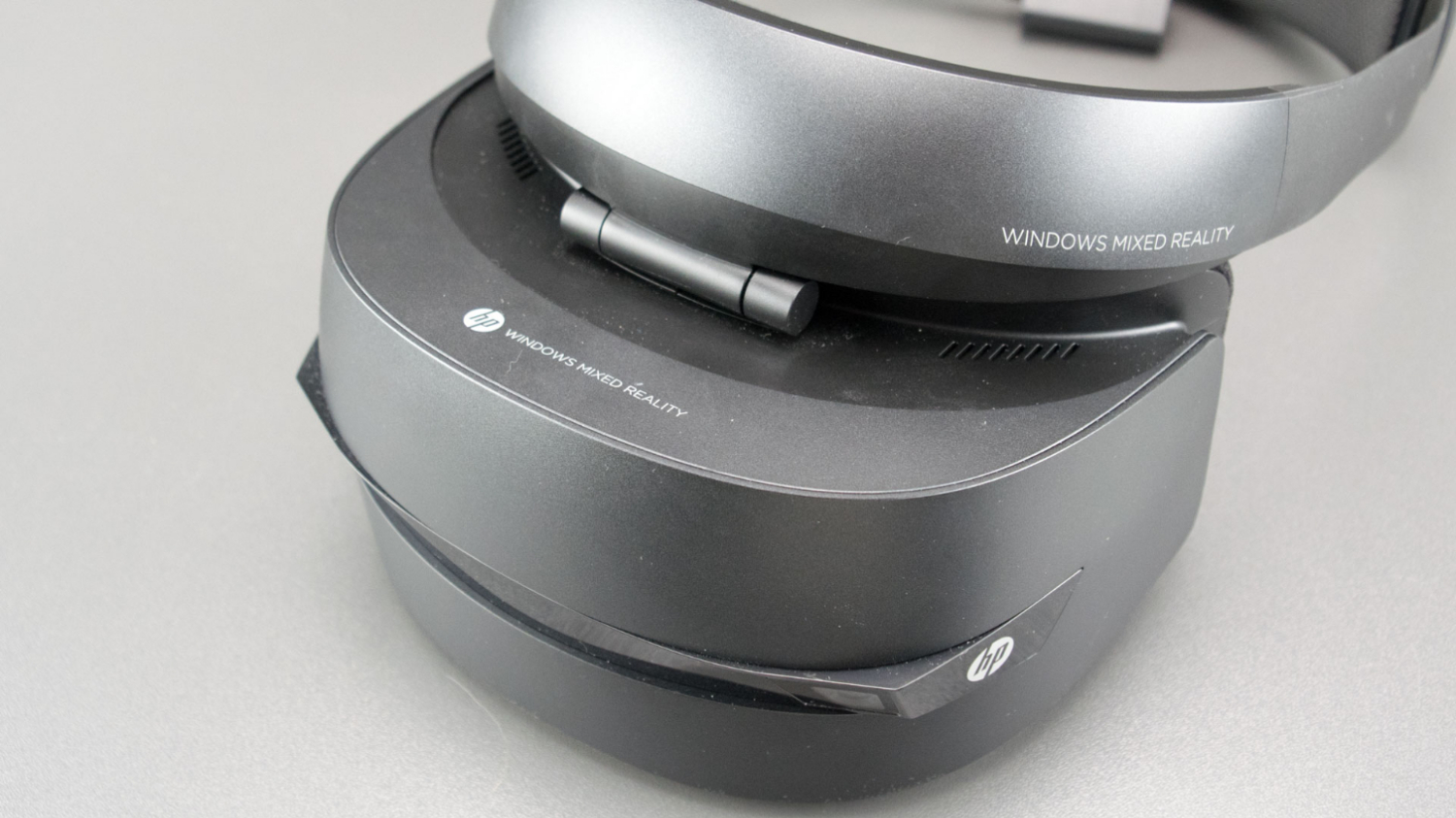Google Chrome May Support Windows Mixed Reality Soon
Windows Mixed Reality may finally be making its way to Google Chrome. The folks over at Windows Latest today spotted a few snippets of new code in Chromium—the open-source browser project at the heart of the Chrome web browser—that explicitly mentions upcoming support for Microsoft’s mixed reality platform.
The relevant code was found in two “commits” (changes made to files managed via the Git version control system often used in software development) to the Chromium project made on January 22 and 29. They give away their purpose in their names: the first one is “Add a flag for Windows Mixed Reality support” and the second one is “Add MixedRealityDevice to support Windows Mixed Reality.”
It’s not hard to guess why Chromium is finally adding Windows Mixed Reality support more than a year after the platform’s introduction. Microsoft is reportedly planning to use the rendering engine from Chromium, rather than its own EdgeHTML technology, in a future version of its Edge browser. It’d probably leave a sour taste in Windows Mixed Reality users’ mouths if the move stopped them from being able to browse the web.
But it’s also not hard to guess why adding Windows Mixed Reality support wasn’t a priority for Chromium before. Prior to January 9, the most recent mention of “mixed reality” on the Windows Developer Blog was from October 2018. That’s also when the Windows Experience Blog last brought up the platform. It hasn’t even been mentioned on the Microsoft Devices Blog since July 2018 or, tellingly, the Microsoft Edge Blog since October 2017.
That follows the general arc of Windows Mixed Reality’s popularity. The platform debuted with several headsets from the likes of Acer, Asus and more. But the Microsoft Store currently lists just seven headsets, three of which are out of stock and two of which are on sale. We at Tom’s Hardware haven't gone deep into the platform ourselves since our July 2018 review of the HP Windows Mixed Reality Headset.
There could be some good news on the horizon: Microsoft is rumored to be announcing HoloLens 2, codenamed “Sydney,” at Mobile World Congress on February 24. The device is expected to be improved on nearly every way, which might finally convince the company to release it to the general public. The original version’s development kit— which costs a whopping $3,000—is currently out of stock. That could mean Microsoft is making room for a HoloLens 2 developer kit to debut sometime in the near future.
Windows Latest noticed several other changes that Windows users might enjoy as well, including Chromium support for Windows 10’s Dark Mode and a new feature meant to “help block unintended downloads.”
Get Tom's Hardware's best news and in-depth reviews, straight to your inbox.
Otherwise, let Windows Mixed Reality users rejoice in knowing that Chromium is finally going to support the platform, even if it may only be to placate Edge users.

Nathaniel Mott is a freelance news and features writer for Tom's Hardware US, covering breaking news, security, and the silliest aspects of the tech industry.
-
cryoburner ReplyThat follows the general arc of Windows Mixed Reality’s popularity. The platform debuted with several headsets from the likes of Acer, Asus and more. But the Microsoft Store currently lists just seven headsets, three of which are out of stock and two of which are on sale. We at Tom’s Hardware haven't gone deep into the platform ourselves since our July 2018 review of the HP Windows Mixed Reality Headset.
Judging by the Steam Hardware survey, Windows Mixed Reality Headsets have been slowly but steadily gaining popularity relative to other VR headsets since their introduction, and were up to almost 9% of the VR headset install-base as of December...
https://store.steampowered.com/hwsurvey
Looking back at data since the April survey results (when Steam corrected a flaw that affected prior data) the headsets from Oculus and HTC each appear to have outsold Windows MR headsets by about 2 to 1 (at least among systems actively connecting to Steam), though they were also both well established before the Windows headsets came out.
The PC VR headset market in general hasn't exactly been growing as quickly as many expected, though I think at this point many people might be waiting for improved "second gen" headsets to hit the market at reasonable prices before sinking money into a something that likely costs more than their monitor. -
alextheblue The commits were probably by MS devs. They'll be contributing to Chromium from now on.Reply
I definitely fall into this category. When MW5: Mercs hits, I'll have to buy one. Hopefully by then a true second gen WMR lineup is on the market. If not, maybe I can catch the Samsung Odyssey's most current revision on sale. It's the "killer app" scenario.21724387 said:The PC VR headset market in general hasn't exactly been growing as quickly as many expected, though I think at this point many people might be waiting for improved "second gen" headsets to hit the market at reasonable prices before sinking money into a something that likely costs more than their monitor.
